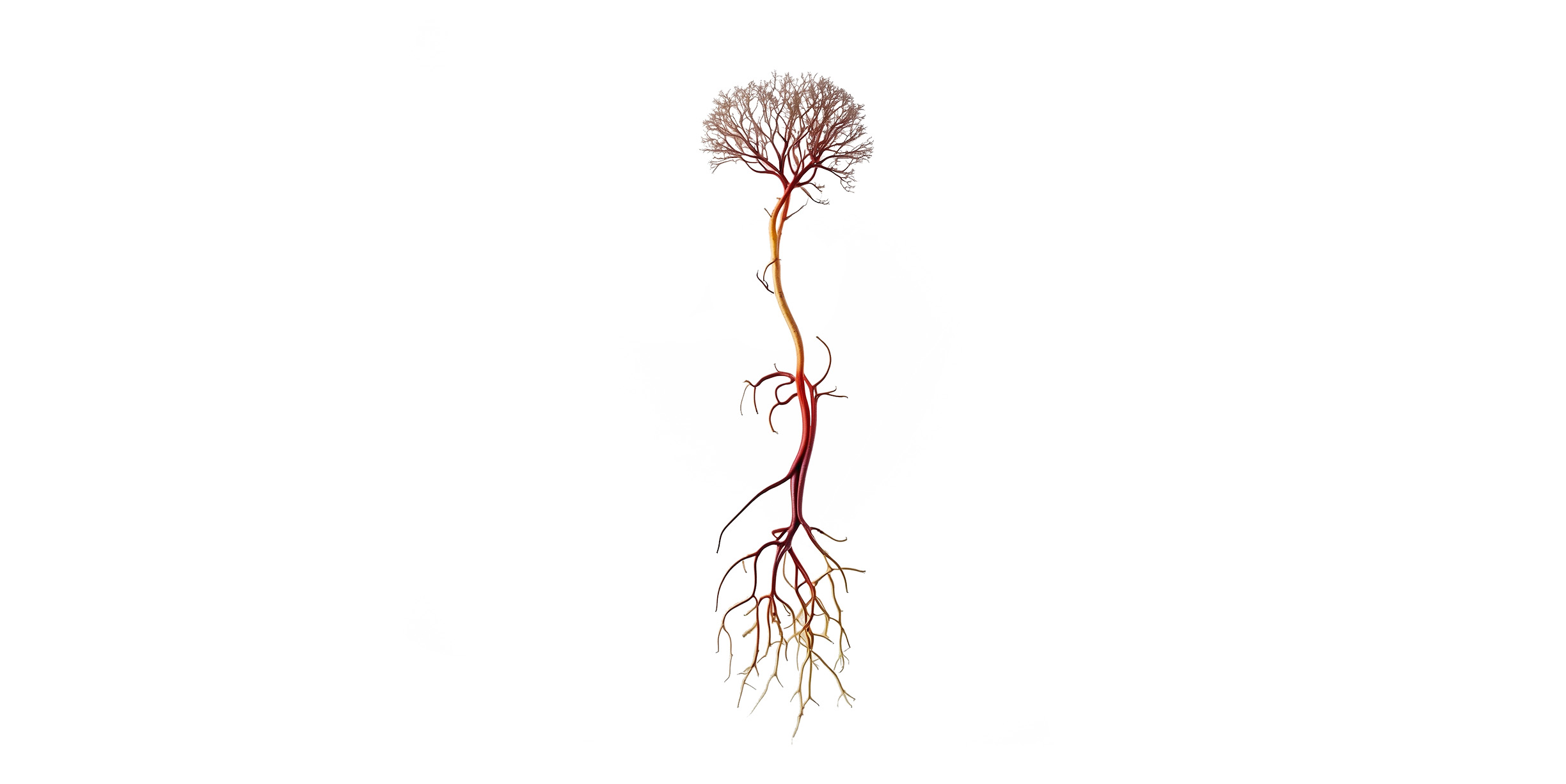The Power of Breathwork: Benefits, Side Effects, and Contraindications
In today’s fast-paced world, full of a stream of responsibilities and stresses, the need for effective self-care practices has never been more critical. Amidst the chaos, one ancient and incredibly effective technique stands out as breathwork. This practice, rooted in ancient traditions and now gaining momentum in modern wellness circles, offers a myriad of benefits that encompass physical, mental, emotional, and spiritual well-being.
In recent years, breathwork has gained increasing popularity as a holistic practice for enhancing physical, mental, and emotional well-being. In this comprehensive exploration, I aim to delve into the myriad benefits, potential side effects, and critical contraindications associated with breathwork.
Understanding Breathwork
Breathwork, a practice deeply rooted in ancient traditions like Qigong, Yoga, and meditation, is not merely a trendy mania as it seems from the viewpoint of many but a time-honored approach to wellness. It involves conscious manipulation of the breath to release stress, toxins, and emotional burdens while nourishing the mind and body with vital oxygen. Scientific research supports its potential health benefits, including alkalizing blood pH, reducing inflammation, and enhancing mood. On the other hand, breathwork positively impacts the central nervous system, promoting relaxation and reducing the physiological response to stress.
Vagus Nerve
The Vagus nerve —a key component of the parasympathetic nervous system— plays a crucial role in regulating various bodily functions, including heart rate, digestion, and inflammation. By engaging in breathwork techniques, individuals can stimulate the vagus nerve, leading to a shift from the sympathetic (fight or flight) to the parasympathetic (rest and digest) state. This activation of the parasympathetic nervous system encourages relaxation, reduces stress, and supports overall well-being. Breathwork has also been associated with increased heart rate variability, which indicates improved vagal activity and enhanced resistance to stress. Therefore, incorporating breathwork into one’s routine can have beneficial effects on the Vagus nerve and contribute to overall health and balance.

Benefits of Breathwork
-
- Stress Reduction: Breathwork techniques, such as deep and rhythmic breathing, can induce a relaxation response, lowering levels of stress hormones like cortisol and promoting calmness and tranquility.
- Improved Mental Health: Breathwork has been linked to improvements in mood, emotional regulation, and mental clarity. It can lessen symptoms of anxiety, depression, and emotional distress, providing a greater sense of well-being.
- Enhanced Physical Health: Regular practice of breathwork may lead to various physical benefits, including improved respiratory function, better tissue oxygenation, and strengthened immune function.
- Pain Management: Deep breathing techniques used in breathwork can help decrease physical pain by promoting relaxation, releasing tension in muscles, and triggering the body’s natural pain-relieving mechanisms.
- Increased Self-Awareness: Breathwork encourages mindfulness and introspection, allowing connection with inner selves, exploring thoughts and emotions, and cultivating greater self-awareness.
- Release of Emotional Trauma: Breathwork can encourage the release of stored emotional trauma from the body, helping individuals process and heal from past experiences.
- Qi Boost: Certain breathwork practices increase energy levels by enhancing oxygen delivery to cells, improving circulation, and activating the body’s natural energy pathways.
- Enhanced Sleep Quality: Breathwork can promote relaxation and reduce stress, contributing to better sleep quality. It helps to fall asleep faster, stay asleep longer, and experience more restorative sleep cycles.
Side Effects of Breathwork
-
- Dizziness: Intense or rapid breathing during breathwork sessions may lead to sensations of dizziness or lightheadedness, especially in beginners or those prone to hyperventilation.
- Nausea: Some individuals may experience nausea, mainly if they practice breathwork on a full stomach or engage in overly intense breathing patterns.
- Muscle Tension: Certain breathwork techniques could result in muscle tension or discomfort, especially if you hold specific postures or engage in prolonged sessions without proper relaxation.
- Emotional Release: Breathwork may evoke intense emotional experiences, including crying, shaking, or feeling overwhelmed, which could be unsettling for some individuals.
- Temperature Changes: Participants may experience variations in body temperature during breathwork, ranging from sensations of warmth to feelings of coldness.

Welcoming Emotions
Welcoming and navigating emotions during breathwork is a process that benefits significantly from a compassionate and mindful approach. When engaging in breathwork, it’s common for various emotions to surface, ranging from joy and bliss to sadness or even anxiety. Here’s why a compassionate and mindful approach is essential:
-
- Non-judgmental Awareness and Mindfulness: Stay present and aware of your emotions as they arise during breathwork. Mindfulness allows us to observe our emotions without judgment. Instead of labeling emotions as good or bad, mindfulness teaches us to accept them as they are, acknowledging their presence without resistance. Recognize them without judgment or resistance, allowing them to surface and be acknowledged.
- Self-compassion: Compassion towards oneself is crucial when dealing with challenging emotions. Treat yourself with kindness and understanding as you experience different emotions. Recognize your feelings and remind yourself that it’s natural to have emotional responses during breathwork. Self-compassion brings forward kindness and understanding to ourselves in moments of emotional vulnerability.
- Create a safe space: Ensure that you’re in a comfortable environment where you feel secure. This could be a quiet room at home or a serene outdoor setting where you can fully immerse yourself in the practice. Practicing breathwork in well-ventilated rooms or outdoors provides a more beneficial environment for oxygenation, relaxation, and holistic wellness. Whether it’s in a lush forest, by the seashore, or in a serene park, connecting with nature while engaging in breathwork can enhance the healing effects of the practice.
- Focus on the breath: Using the breath as an anchor during moments of intense emotion can be a powerful technique for staying grounded and maintaining emotional balance. By focusing on the rhythm of your breathing, you can create a sense of stability and calm amidst intense feelings. In this way, you can cultivate greater resilience and emotional balance, even in the face of intense emotions. With regular practice, this technique can become a valuable tool for managing stress and promoting overall well-being.
- Allow Expression: Allowing one to express overwhelming emotions healthily is crucial for processing and releasing them. Tears and laughter are a natural way to release stuck emotions. Allow yourself to cry or laugh if you feel the urge. It will provide emotional relief and help you feel lighter afterward. Remember that there’s no right or wrong way to express emotions, and it’s essential to find what works best for you.
- Seek support if needed: If you’re struggling to process your emotions or feeling overwhelmed, don’t hesitate to reach out for support. This could be from a mental health professional, a support group, or a trusted friend or family member.
Overall, a compassionate and mindful approach to navigating emotions during breathwork provides profound inner growth, emotional resilience, and holistic well-being. Through this approach, we can harness the transformative power of breathwork to cultivate greater self-awareness, healing, and inner peace.

Contraindications to Breathwork
While breathwork offers numerous benefits, it may not be suitable for everyone. Individuals with the following conditions should exercise caution or consult a healthcare professional before engaging in breathwork:
-
-
- Cardiovascular Issues: Those with heart conditions, high blood pressure, or a history of cardiovascular disease should seek medical guidance before practicing breathwork, as specific techniques can elevate heart rate and blood pressure.
- Respiratory Disorders: Individuals with respiratory conditions should approach breathwork with caution and may need modifications to avoid exacerbating symptoms.
- Pregnancy: Pregnant women should consult with their healthcare provider before practicing breathwork, as specific techniques could affect maternal and fetal well-being.
- Seizure Disorders: People with epilepsy or a history of seizures should use caution when engaging in breathwork, as rapid or intense breathing may trigger seizures in susceptible individuals.
- Mental Health Concerns: Those with severe psychiatric disorders, including schizophrenia, bipolar disorder, or dissociative disorders, should seek guidance from a mental health professional before attempting breathwork, as it may induce heightened emotional states or psychological distress.
-
Breathwork offers numerous benefits for physical, mental, and emotional health, but it’s essential to approach this practice mindfully and with awareness of potential side effects and contraindications. By understanding the nuances of breathwork and respecting individual limitations and health considerations, practitioners can harness its transformative potential while ensuring safety and well-being.
